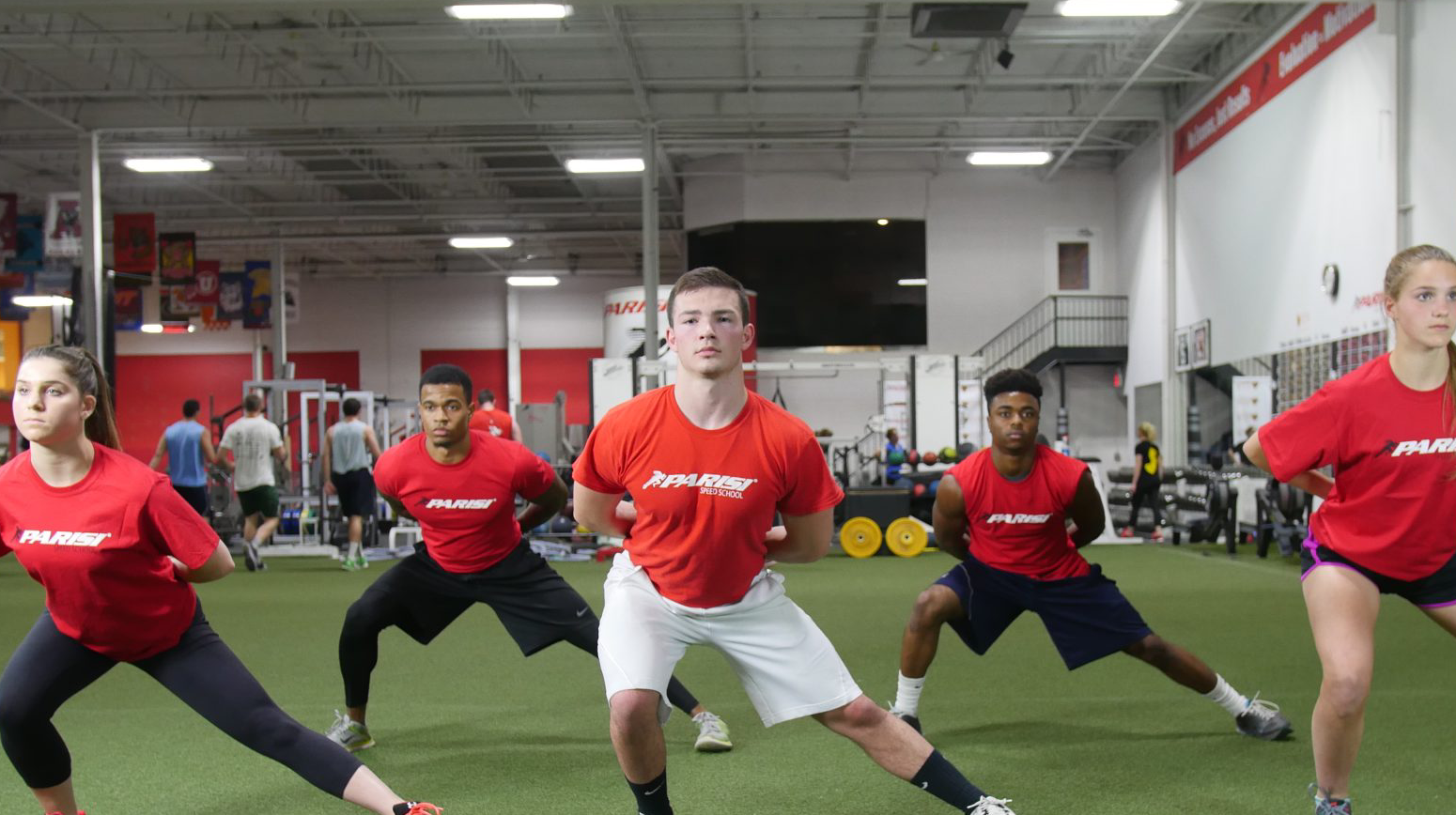- Achieve Muscle balance within routine
- Incorporate all muscle actions- concentric, eccentric, isometric
- Incorporate all planes: sagittal, frontal, transverse
- Incorporate muscle balance and use exercise that prevent common muscle imbalances
- Work functional Patterns (5 basic patterns)
- Push
- Pull
- Squat
- Hinge
- Rotation, Extension and Flexion Core Work
- Prepare for Exercise regressions/ Progressions
- Know posture hierarchy
- Supine or Prone
- Sitting and unstable sitting, Tall Kneeling, ½ kneeling positions, quadruped position, plank positions(Transitional postures)
- Symmetrical and asymmetrical standing (functional positions)
- Single leg Standing (functional position)
- Know posture hierarchy
- Mobility Approach
- Strength Training without Adequate ROM may lead to dysfunction and asymmetries.
- Address Mobility work in Warm-Up, and cooldown
- Foam Roll
- Train through full ROM
- Specificity: Energy system, movement planes, injury sites, and muscle action
- Progressive Overload
- Change sets, reps, and intensity
- Exercise in a systemic manner using concepts of periodization to achieve maximal gains and benefits.
- Variation
- Program variables change every 4-6 weeks to prevent staleness and overtraining.
- Menu
- Skip to right header navigation
- Skip to primary navigation
- Skip to main content
- Skip to primary sidebar
